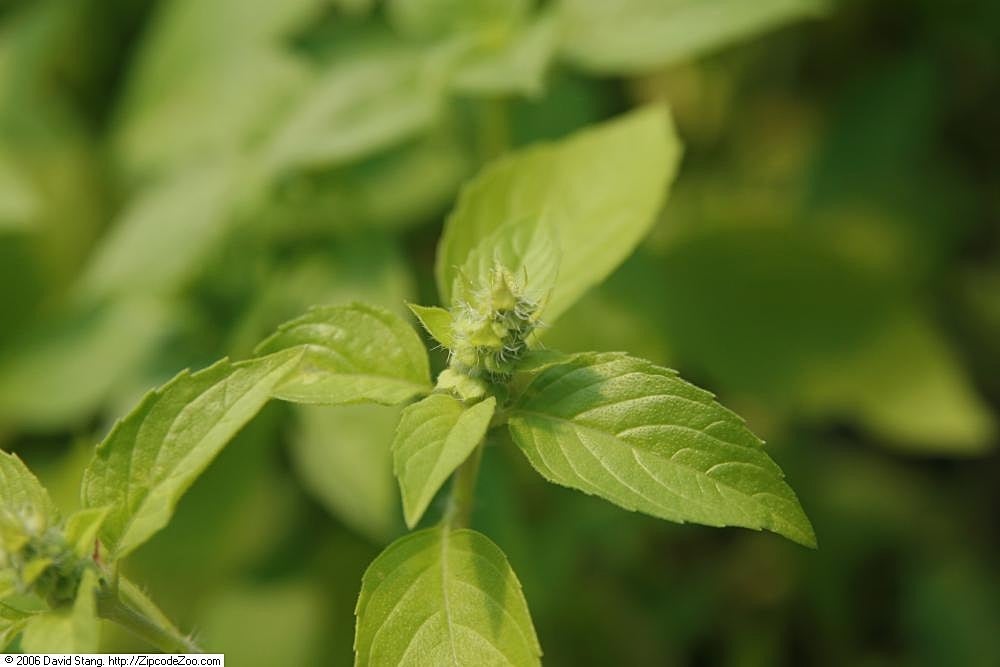Sweet Dani Herbs – Tips For Growing Sweet Dani Basil Plants


Thanks to the ingenuity of plant breeders and horticulturists, basil is now available in different sizes, shapes, flavors, and scents. In fact, Sweet Dani lemon basil was first discovered by James E. Simon and Mario Morales of Purdue University, in an effort to breed a perfect ornamental variety of basil. However, the exquisite flavor and scent of this variety we now call Sweet Dani basil led to a six year study of its culinary and medicinal benefits in the herb and veggie garden.
What is Sweet Dani basil? Continue reading to learn about growing Sweet Dani basil, as well as its uses.
About Sweet Dani Herbs
Sweet Dani lemon basil is a variety of Ocimum basilicum with an undeniable lemony scent and flavor. Its tangy, citrus flavor and scent is due to the fact that it contains about 65% more natural essential oils than other basil plants. In 1998, this earned Sweet Dani basil the title of All-American Selection. This honor, of course, quickly popularized this new variety and, today, it can be easily found in most garden centers throughout the world.
Sweet Dani lemon basil plants grow to about 26 to 30 inches (66-76 cm.) tall. They produce medium sized, shiny leaves and white flowers that attract bees and butterflies. However, if allowed to flower, the plant will stop producing new, fresh leaves which are essential for basil dishes and cocktails. Like other basil herbs, Sweet Dani is carefully pruned or pinched to prevent flowering for a long season of fresh leaves.
Sweet Dani lemon basil leaves are used in traditional basil recipes such as pesto, caprese salad, or margherita pizza. The unique lemony flavor of the leaves are also excellent additions to fresh lettuce or arugula salads, fruit salads, Thai dishes and, of course, cocktails. Sweet Dani leaves can be used to make refreshing basil mojitos, gimlets, and bellinis. It can also be added to strawberry, blueberry, or raspberry infused vodka or gin.
Growing Sweet Dani Basil Plants
Sweet Dani basil plants can be extremely sensitive to cold and drought. Seeds should be started indoors, about six weeks before the last expected frost date for your region. When daytime temperatures remain steadily around 70 degrees F. (21 C.), young plants can be transplanted in the garden or outdoor containers.
They should be planted in fertile, well-draining soil in full sun. While basil plants thrive in sun and heat, they do need to be watered regularly, as they can wilt quite quickly. You should not frequently fertilize basil plants, as it can negatively affect their flavor and scent.
Gardening tips, videos, info and more delivered right to your inbox!
Sign up for the Gardening Know How newsletter today and receive a free copy of our e-book "How to Grow Delicious Tomatoes".
Sweet Dani herbs also have the same medicinal uses as other basil plants. They add a lemony flavor to herbal teas used to treat cold and flu symptoms, as well as digestion troubles. In addition to their medicinal properties, Sweet Dani lemon basil plants repel mosquitoes and flies. As companion plants they deter aphids, hornworms, and spider mites.
-
 Get Ready For A Summer Of Hummers! Grow These Full Sun Hummingbird Plants and Flowers
Get Ready For A Summer Of Hummers! Grow These Full Sun Hummingbird Plants and FlowersIf you’re lucky enough to enjoy a sunny backyard, make sure you are maxing out on your pollinator opportunities and grow these full sun hummingbird plants and flowers
By Tonya Barnett
-
 12 Lush Alternatives To A Lawn For Sustainable Spaces
12 Lush Alternatives To A Lawn For Sustainable SpacesAlternatives to a lawn are beautiful and also beneficial to your local ecosystem and its pollinators. Explore our top picks for plants to replace grass.
By Tonya Barnett